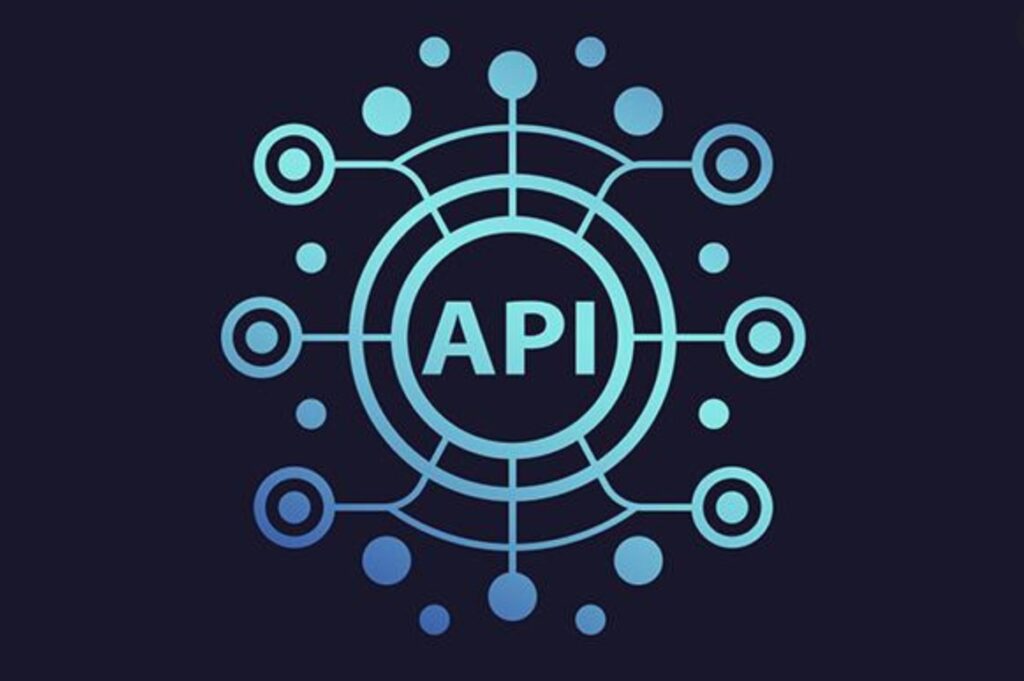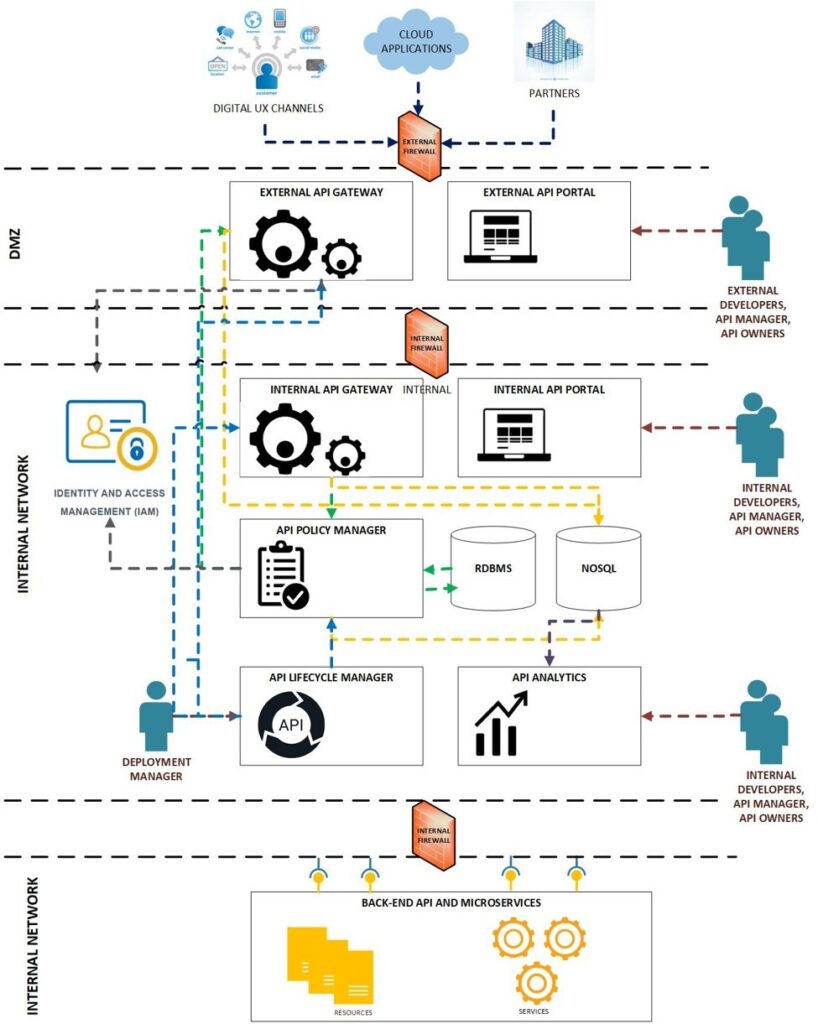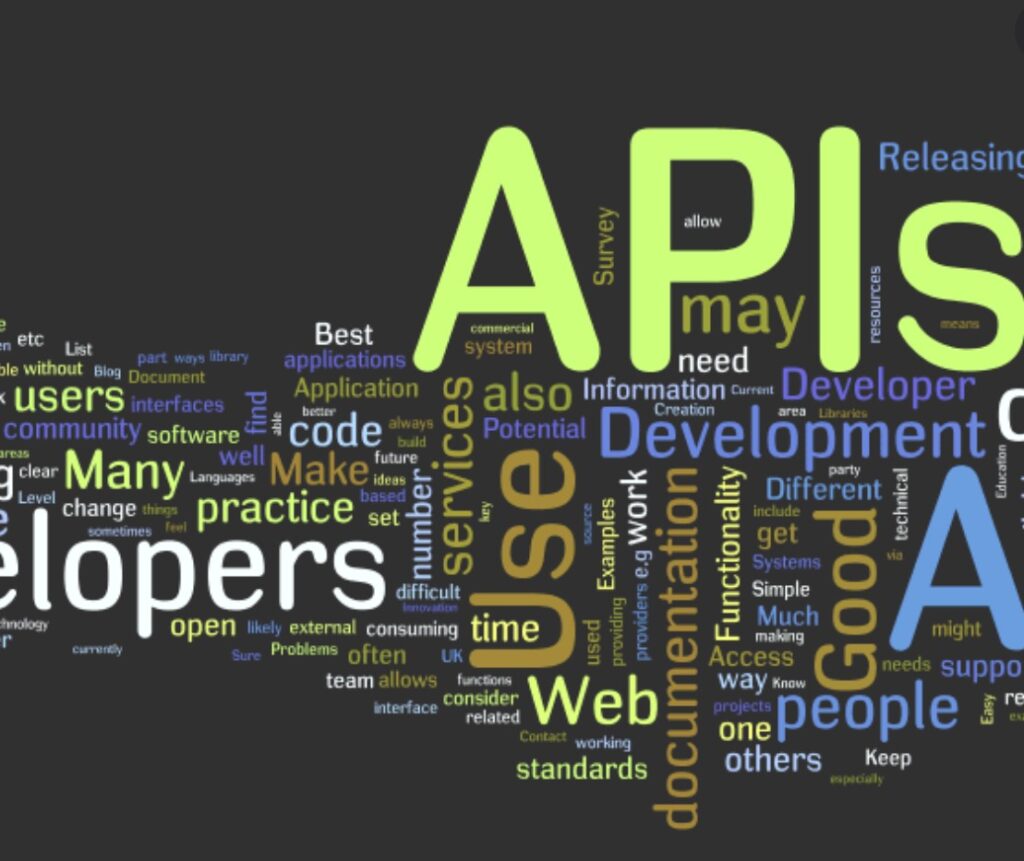Applications Programming Interfaces (APIs) are a set of procedures and functions that dictate the sharing of data and communication between software applications. They define the kind of calls made, how they are made, the data formats used, and the conventions used when sending and receiving the calls.
This has made innovation easy, and developers are able to come up with new applications that meet the requirements of their customers. They are able to reuse code, and customize their applications the way they want without any issues, all because of APIs.
However, API owners need to make sure that they have provided the right API architecture for everything to work the way it is supposed to. Developers, security and operation teams, as well as architects, need to use the right API architecture when working on an API if they are to meet their expectations. This maximizes the chances of having an API do exactly what it is supposed to do.

What is an API Architecture?
An API architecture is a process that involves building a software interface for the purpose of exposing the functionality of an application and its backend data so that they can be used in other applications. With the right API architecture, organizations can build ecosystems for their applications that are reusable and modular, summing up the key points for a robust API as explained by RapidAPI.
A good API architecture comes with four layers, namely the application layer, information management layer, interaction layer, and integration layer.
Application Layer
The application layer in an API architecture is responsible for hosting the applications running an organization. It is also used by end-user applications such as browsers when a user makes requests to access data and information from an organization. The application layer provides one with protocols that make it possible for other applications to make requests and get responses that are interpreted to a language understandable to a human.
Information Management Layer
Looking at modern organizations, you will realize that data is one of the most important assets they have. They use the data to design frameworks that dictate how their organizations are run. This means that they run on large repositories of data.
With such data, organizations need a set of complicated database systems that can handle large data and manage it without any issues. Applications consuming the data need a reliable layer of data for them to perform well and to meet their expectations. This is where the information management layer comes in. It offers an advanced system for the storage and management of all the data used in the organization as well as setting up frameworks for data protection.

Interaction Layer
Organizations build applications that communicate through APIs to simplify their business processes. However, these applications would not be of any use if they were not interacting with external applications used by customers, employees, or even partners.
When a user sends a request to an application in the applications layer, using an application in their device such as a smartphone, the client application (this is the application used by the customer in their device) interacts with the organization’s data and applications in the interaction layer.
Integration Layer
APIs have accelerated business growth in the recent past. Today, developers can build an application within a short period of time. This is because they are able to implement other applications’ code and integrate them, instead of building the entire application from scratch. It is in the integration layer that developers are able to integrate data and applications to streamline the operations of their businesses.

Services of an Efficient API Architecture
A good API architecture should support a number of services to make sure that organizations can control their APIs and support their usage effectively. These services include;
Security Services
Adopting the use of APIs in a business makes organizations expose their applications and data to the outside world, something that forces them (organizations) to come up with security measures to protect their systems and customers. An API architecture should come with security services through which businesses can;
- Authorize and authenticate applications and their users.
- Protect both their data as well as that of their customers.
- Audit how their systems are used and how they perform.
- Detect any loopholes that might impact their business negatively.
This ensures that the interaction between data, applications, partners, customers, and employees is protected and works without any issues.

Management Services
Organizations implementing APIs need an API architecture that allows them to monitor and manage the APIs as well as their performance. A good API architecture should come with management services for organizations to audit and manage the configuration of their APIs. It should also allow them to monitor how the APIs operate, how they are used, and allow them to introduce revenue generating services.
Analytics Services
APIs have become the driving force towards the digitization of business operations. They have allowed organizations to innovate and come up with new solutions that address the demands of their customers. However, organizations using APIs need an architecture that gives them a way to see their progress and understand what they need to change depending on the demands of their business.
A good API architecture should come with business dashboards whose data comes from the API platform and any other feeds of data that an organization uses. With this, organizations can easily get different API metrics and see what is needed for a positive business outcome.

Developer Services
Finally, a good API architecture needs to support the services required by developers. When building and implementing APIs, organizations usually have the consumer in mind. This forces them to come up with solutions that support what the consumer wants. Therefore, they need an API architecture that allows them to build and implement scalable APIs that can be changed to address the changing demands of their customers.
The Need for a Good API Architecture
In conclusion, modern organizations have their applications either hosted on-premise or distributed across multiple cloud platforms. Whether it is on-premise or on the cloud, they (organizations) have made sure that all their applications are reliably and securely connected through the use of APIs. This, then, calls for a seamless API architecture that can create, publish, secure as well as deploy APIs without any issues.





![Calgary’s Hottest Neighborhoods for Luxury Homebuyers [2024]](https://thewashingtonote.com/wp-content/uploads/2024/04/Calgary-324x160.png)



